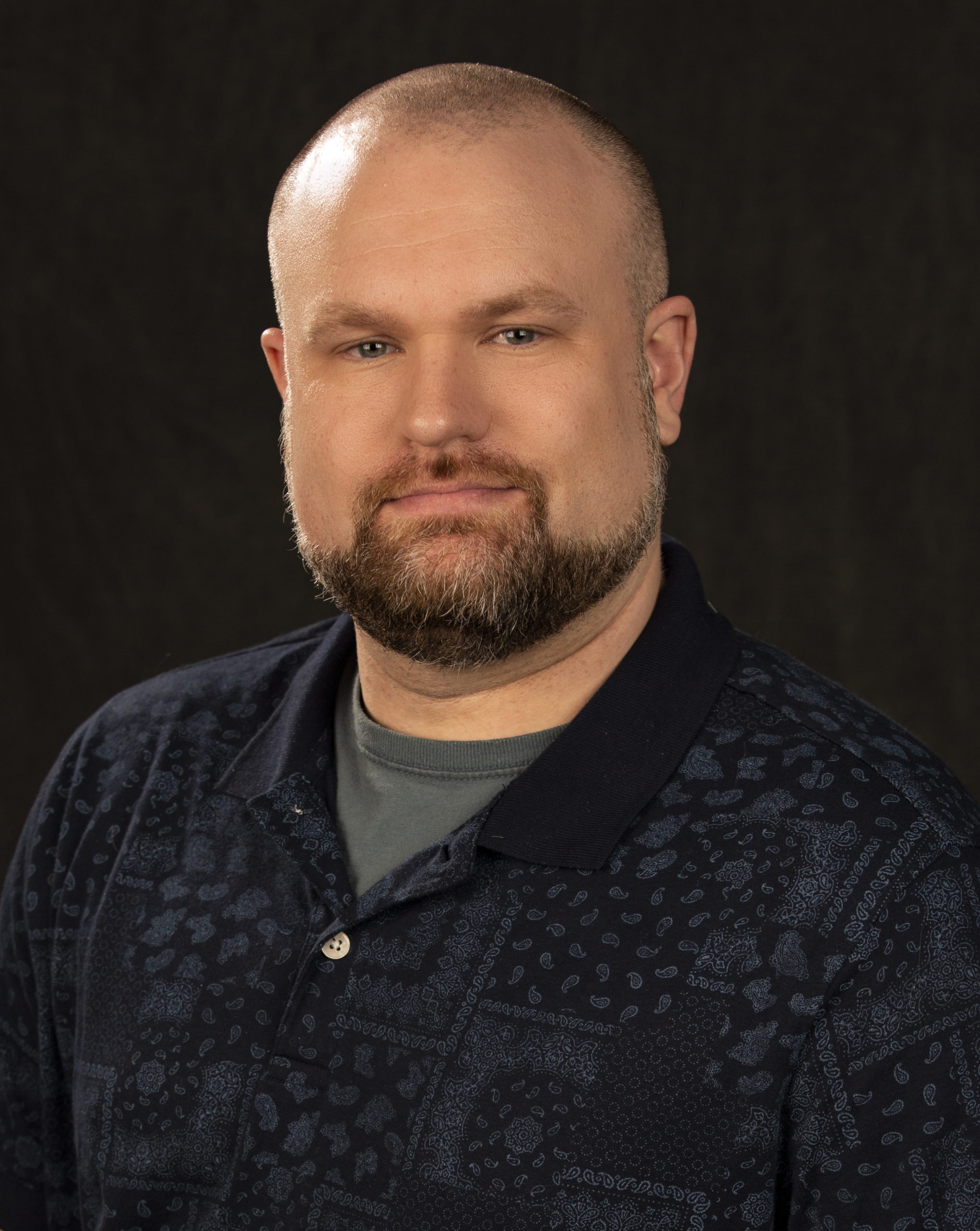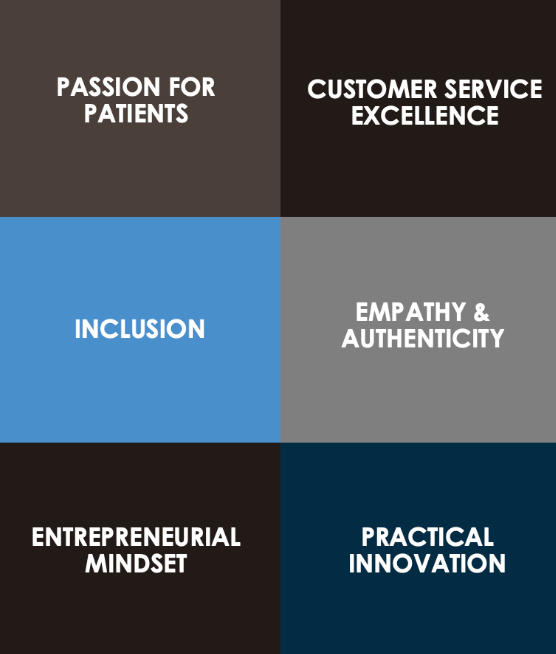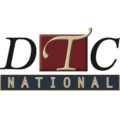By Kathy Barry and Colby Rogers, as published in PM360, November 22, 2022


[…] Many of biopharma’s most exciting innovations come from the field of rare and ultra-rare diseases. With the development of new technology platforms at breakneck speed, companies are positioning themselves to one day deliver game-changing solutions to patients in their niche—solutions they may have been waiting for all their life. Combined with the incentives provided by the Orphan Drug Act, a powerful dynamic is at play, ever further pushing the limits of what medical science can achieve.
Accelerating the Path to Diagnosis and Treatment
However, this bustling space also faces some unique challenges. Many drugs’ method of action is now so precise they treat a certain subgroup of allele-carriers within a disease that was already rare to begin with. Finding such a tiny fraction of the population is extremely hard, not just because the right people are rare and dispersed but also because many of them aren’t properly diagnosed in the first place. Without a diagnosis, there’s nobody to search for. “If you hear hoof beats, think horses, not zebras.” That’s what doctors are taught, so we can’t be surprised that many patients with a “zebra” condition get the “horse” treatment.
Those in the biopharma industry can play a pivotal role in shortening the journey to diagnosis if they learn from patients what critical pieces had to fall into place before they were diagnosed. Was it a referral to a specialist? At what point in the patient journey are you most likely to discover the answers you were looking for? What were your misdiagnoses? How were you able to narrow down the diagnosis to your specific expression of the disease? These kinds of questions are best answered with the help of people who have already traced those steps. […]
Piecing the Fragments Together
[…] At the end of the day, the single most important factor for rare disease patients to get access to such critical information is their connection to their rare disease community. It’s in these communities where patients find the expertise and support they need to effectively take charge of their condition. It’s also in these communities where biopharma finds the best opportunities to connect with their stakeholders. […]
Today, any successful foray into the ultra-rare space is going to be fueled by the internet. […] It’s therefore no surprise that platforms that specialize in creating opportunities for pharma to connect with patients take an online-first approach, building on dynamic content creation for the web, social media, podcasts, and email. […]
Understanding Rare Disease Communities
Rare disease communities encompass advocacy organizations as well as social media groups, online patient platforms such as Patient Worthy, or informal networks between patients, doctors, families, employers, and other stakeholders. They unite those affected directly or indirectly with those who understand and who try to make a difference. […]
[M]any rare diseases come with socioeconomic and psychosocial challenges. Some [patients] have dropped out of the workforce or the education system. Some are relying on family members to carry the burden of new roles and responsibilities. The challenges of transitioning from adolescence to adulthood often become more pronounced in people with a rare condition. A rare disease shapes who you are and how you think about yourself, and you’ll gravitate naturally to other people just like you. It’s a given: Patients and caregivers are going to self-coalesce.
The Key to Meaningful Engagement
It’s evident that patient communities hold the keys to solving some of biopharma’s biggest challenges in rare diseases. If finding the needle in a haystack is hard, rare disease communities are “needlestacks,” so to speak, where the hay has already been weeded out. However, engaging the community involves a high level of complexity. […] It’s about providing real value and working on the community’s terms.
Patients value content that serves them. […] Industry’s real edge is science-backed, trustworthy content, vetted by the appropriate regulatory bodies. “Good content” in that sense does not automatically mean “great content” in the sense of being readily understood or motivating. A thoughtful approach that involves cocreation alongside patients can subsequently take content from good to great. [Read the entire article at PM360]















